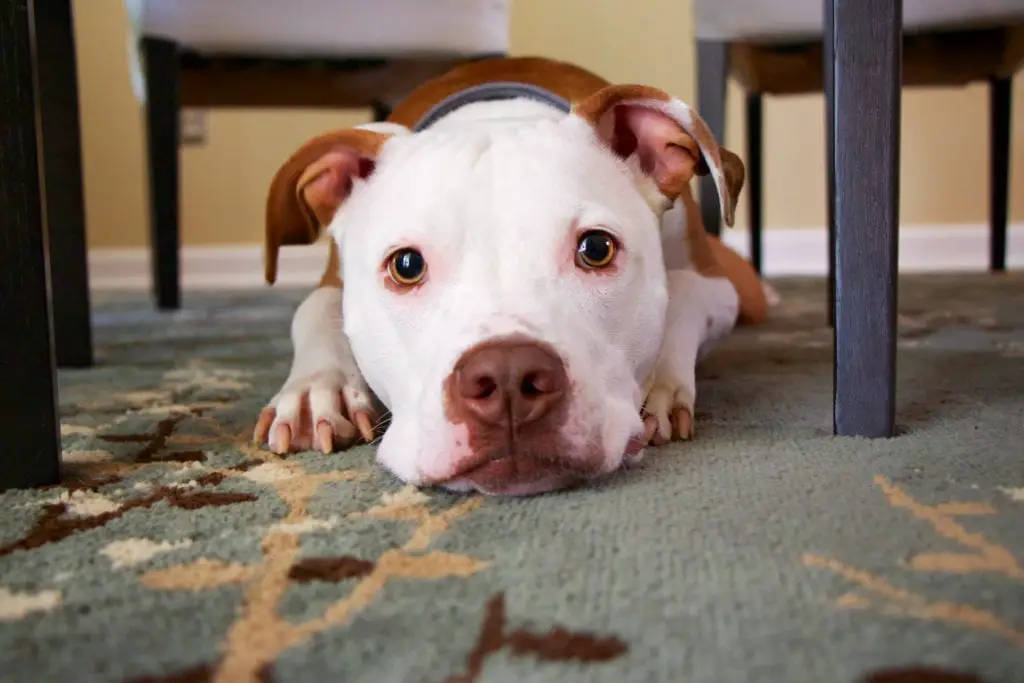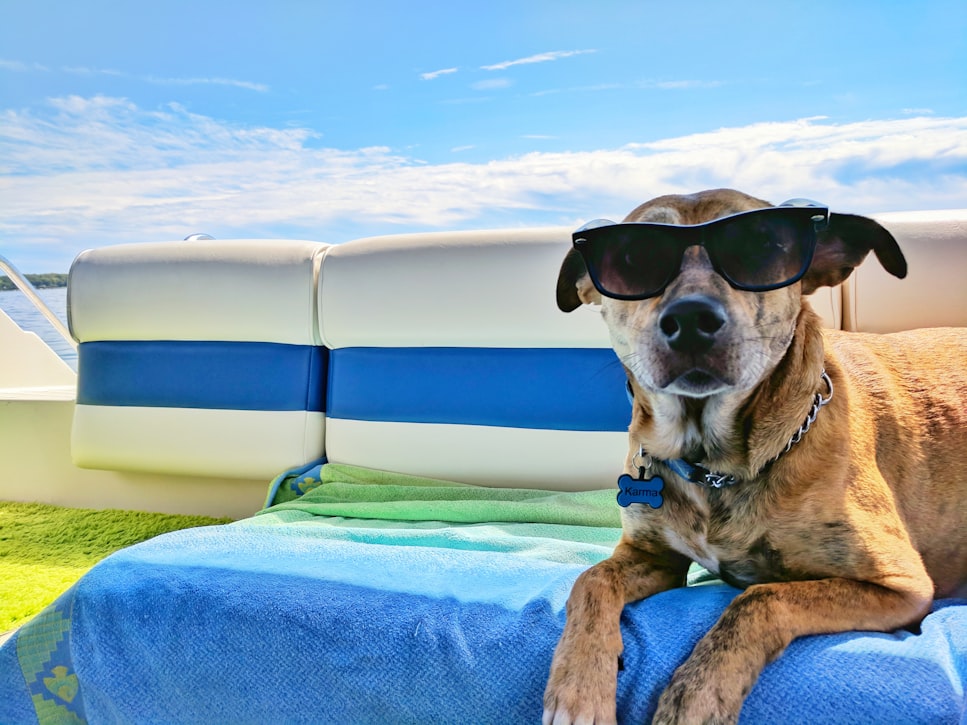Dogs and humans have been companions for millennia. We have provided food for each other, protection and even warmth. But while we have evolved continuously together, there are some things we do that are still totally baffling to man’s best friend.
Contents
- 1 Everyday Things You Do That Your Dog Struggles To Understand
- 1.1 1. Leaving Them Alone
- 1.2 2. You Being Visually-Driven
- 1.3 3. The Way We Change Our Shapes and Smells
- 1.4 4. The Joy of hugs and Snuggling
- 1.5 5. Not Allowing Them to Bite or Play-Fight
- 1.6 6. Dishes vs The Pragmatic Palate of Dogs
- 1.7 7. The Concept of Territory: A Canine Perspective
- 1.8 8. The Ambiguous Hand: A Source of Canine Confusion
- 1.9 9. Food, Food and More Food!
- 1.10 10. Having Sex for Sheer Pleasure!
Everyday Things You Do That Your Dog Struggles To Understand
Curious? Here are the ten things humans do that that your dog struggle to understand…
1. Leaving Them Alone
Dogs are inherently social creatures, with an innate love for companionship and interaction. They thrive on building relationships with other dogs, people, and even other species that show them affection and friendship.
Whether it’s playing, exploring, or simply cuddling, dogs are pack animals that crave the company of others. This social drive makes it challenging for them to cope with separation from their loved ones.
The Pack Mentality: Separation Anxiety and Loyalty
Dogs have an intense loyalty to their pack, which includes their human family. They have a strong instinct to stay connected with, protect, and be part of the group. When we leave them alone, whether it’s at home, in kennels, or at the vet, dogs can experience distress and anxiety due to this separation. The physical barriers that keep them apart, like doors, can be particularly frustrating for them.
The Uncertainty of Separation: A Reason for Unbridled Joy
When we leave our dogs alone, they are left with uncertainty, wondering when – or if – we will return. This uncertainty explains their uncontainable excitement and joy when we come back to them. The reunion is a celebration of their pack being whole again, and their tails wag with happiness, grateful for the return of their loved ones. This enthusiastic welcome home is a testament to the strong bond between dogs and their human family.
2. You Being Visually-Driven
Dogs are truly olfactory-driven creatures, with an astonishing 300 million olfactory receptors in their noses, compared to only 6 million in humans. This means that their sense of smell is incredibly powerful, and they use it to navigate and understand their environment. Dogs are naturally curious, and their love of sniffing is a key part of their exploration and discovery process.
In contrast, humans are visually-driven, relying heavily on our sense of sight to interact with the world around us. We spend a significant amount of time engaged in visual activities, such as watching TV, reading books, or staring at screens on our phones and laptops. This visual dominance shapes our perception and understanding of the world.
A Tale of Two Species: Canine Confusion and Human Enchantment
It’s no wonder that dogs often can’t comprehend why their human family members are so captivated by the “noisy box” (TV) or other screens. While we’re entranced by the visual world, dogs are more interested in exploring every nook and cranny of their surroundings, using their trusty sense of smell to uncover hidden wonders. This difference in sensory priorities can lead to amusing misunderstandings between species, highlighting the unique ways in which dogs and humans experience the world.
3. The Way We Change Our Shapes and Smells
The ever-changing human scent is a massive challenge for dogs! All animals, including humans have unique, inherent scents that serve as a form of identification. However, humans have a tendency to alter their natural scent through various means, such as taking baths, applying perfumes, or using deodorants. These changes can make it difficult for dogs to recognize their owners, as their familiar scent is masked or modified.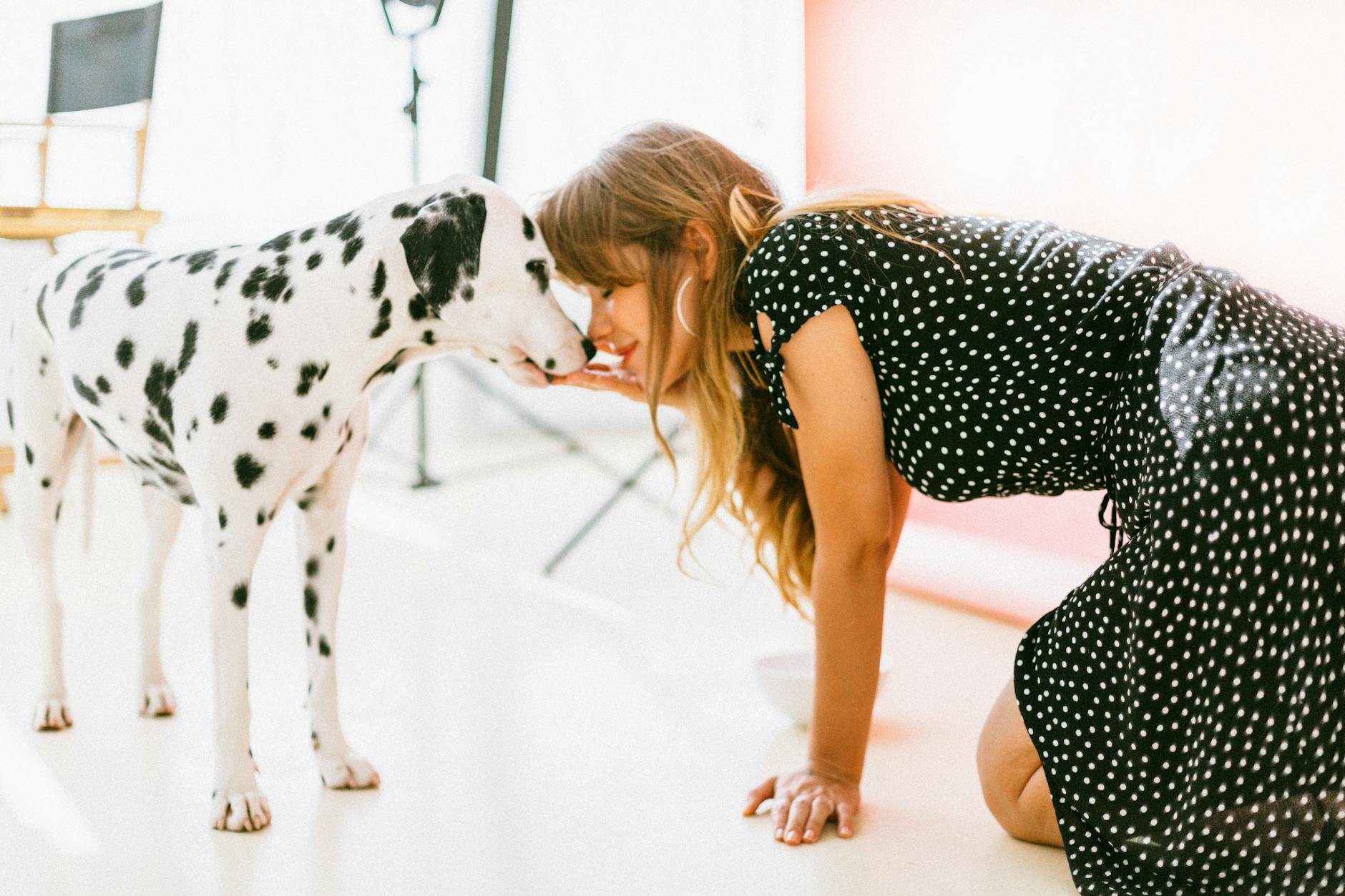
The Disguise of Clothing and Accessories
Furthermore, humans often wear a variety of items that alter their appearance, such as hats, caps, and different clothing. These changes in shape and visual cues can be confusing for dogs, especially when combined with an unfamiliar scent. When their human returns home wearing a cap, unusual attire, and a distinct smell, dogs may initially be cautious or hesitant.
The Power of Canine Olfaction: Unmasking Identity
Despite these changes, a dog’s powerful sense of smell ultimately prevails. With a few sniffs, they can penetrate the disguise of clothing and fragrances, recognizing the underlying scent of their owner. This remarkable ability allows dogs to distinguish between their familiar pack members and strangers, even when visual cues are misleading. Through their keen sense of smell, dogs can unmask the true identity of their humans, leading to a joyful reunion.
Scent Marking and Territorial Awareness
Upon encountering new individuals, dogs engage in a ritualistic sniffing behavior, gathering information about the stranger’s identity, intentions, and affiliations. This primal instinct allows them to detect potential threats and safeguard their territory. Moreover, dogs can discern if their owners have ventured into other territories, returning with foreign scents that betray their explorations. This perceived betrayal can evoke strong emotions in dogs, as they feel their territorial integrity has been compromised.
The Scent of Betrayal: Canine Sensitivities
Dogs are highly attuned to the scents they encounter, and the aroma of other dogs on their owners can be particularly distressing. This reaction stems from their deep-seated instinct to protect their territory and resources from external threats. By detecting the scent of other dogs on their owners, dogs may feel that their human pack members have been compromised, leading to feelings of anxiety, jealousy, or even aggression. Understanding this complex dynamic is crucial for building trust and strengthening the bond between humans and dogs.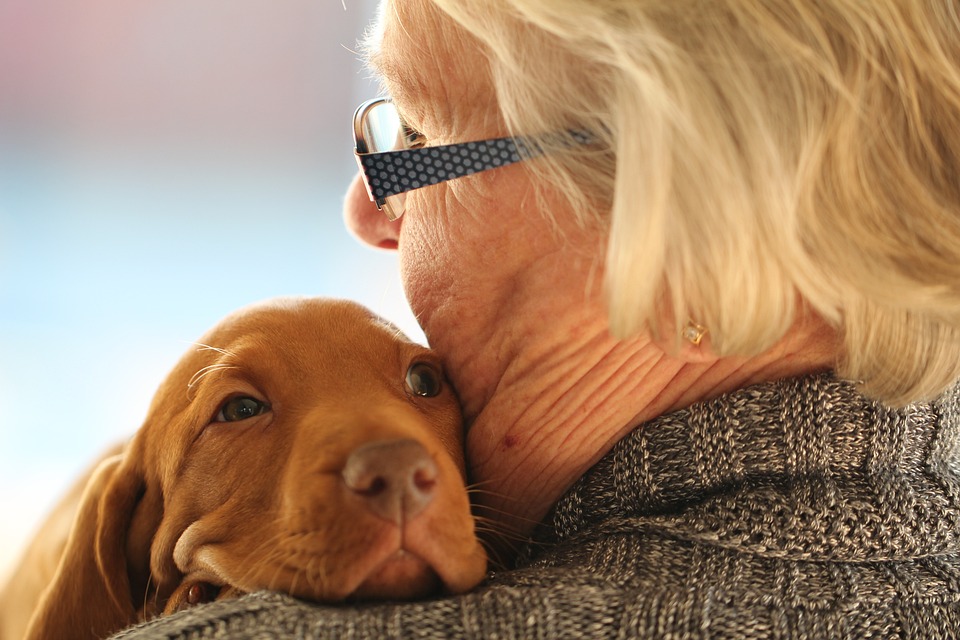
4. The Joy of hugs and Snuggling
Who can resist the allure of snuggling with a warm and fluffy animal? The affectionate act of embracing a loving companion is a universal language, transcending species. Humans typically express affection by wrapping their arms around each other, but this gesture can be perplexing for dogs.
Canine Confusion: Hugs vs. Restraint
Dogs may not instinctively understand the concept of hugging as a display of love and affection. If your dog or puppy is unfamiliar with hugging, they might interpret it as a threatening gesture or an attempt to restrain them. In their minds, being wrapped in a tight embrace could be seen as a barrier to freedom, triggering a natural instinct to escape or defend themselves.
The Importance of Gentle Affection
Very enthusiastic or forceful hugs can be overwhelming or even frightening for dogs. It’s essential to introduce physical affection gradually, allowing your dog to become comfortable with the sensation and associate it with positive experiences. By doing so, you can help your furry friend understand that hugs are a loving gesture, rather than a cause for alarm.
This gentle approach will foster a deeper bond between you and your dog, built on trust, understanding, and affection.Very enthusiastic hugs may be mistaken for play fighting and instead of nestling up to you, your dog may playfully bite you instead.
And speaking of biting…
5. Not Allowing Them to Bite or Play-Fight
Play-fighting and biting are deeply ingrained in a dog’s natural behavior. It’s a behavior rooted in the remnants of their predatory ancestry. Despite thousands of years of domestication, dogs retain these instincts, often leaving them perplexed by human reactions.
From a canine viewpoint, play-fighting is an essential aspect of socialization, bonding, and exercise, making it baffling when humans decline to engage or become upset.
The Mouth: A Multi-Purpose Tool
In addition to playing and eating, dogs utilize their mouths to communicate and display affection towards humans. They may nip, lick, or gently bite as a way to connect and show love. However, this natural behavior can be misinterpreted by humans, leading to misunderstandings and frustration. Dogs find it peculiar that actions they consider normal and affectionate are met with disapproval or anger.
Bridging the Gap: Understanding Canine Communication
To strengthen the human-canine bond, it’s essential to recognize and respect these primal instincts. By acknowledging that dogs use their mouths to express themselves, we can better comprehend their behavior and respond appropriately. This understanding allows us to redirect their energy into more acceptable forms of play and affection, fostering a deeper and more harmonious relationship with our furry companions.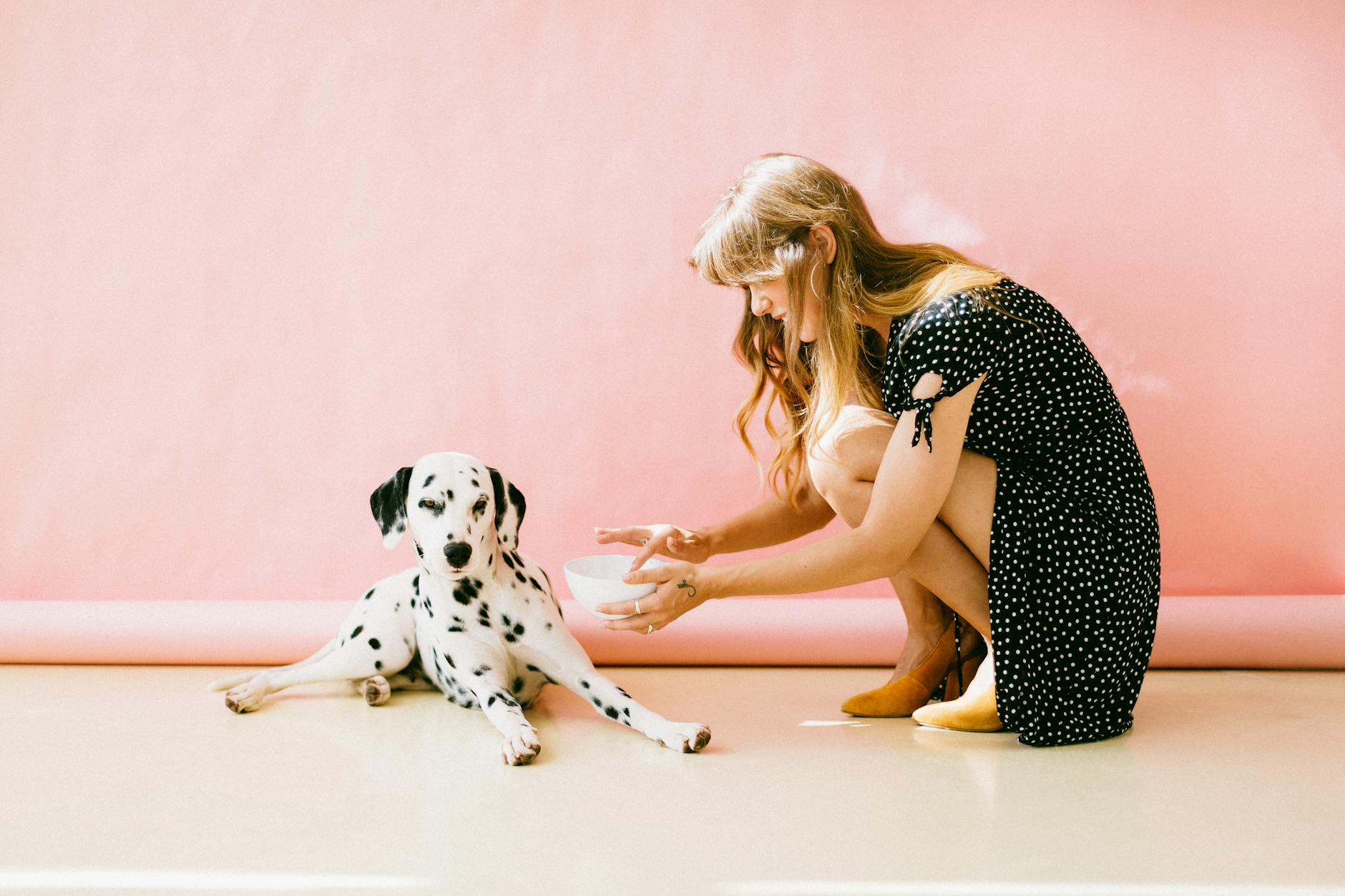
6. Dishes vs The Pragmatic Palate of Dogs
Dogs are unapologetic opportunists when it comes to food, seizing any available source to satisfy their hunger. From their perspective, food is food, regardless of its origin or presentation. They see no reason to discriminate against a tasty morsel simply because it’s been discarded in the bin. After all, as the saying goes, “there are dogs starving in Africa” – a testament to their pragmatic approach to sustenance.
The Human Paradox: Restricting Canine Cuisine
However, humans have a different set of standards when it comes to their furry friends’ eating habits. We frown upon dogs rummaging through garbage, citing the mess and potential health risks. Instead, we insist they dine from “dishes” – strange, small, and often inedible containers that defy their natural instincts. This contradiction can be perplexing for dogs, who are simply following their instincts to survive and thrive.
A Tale of Two Perspectives: Understanding Canine Cuisine
To better understand our canine companions, we must acknowledge their opportunistic nature and adapt our approach to their dietary needs. By providing them with suitable alternatives and redirecting their foraging instincts, we can minimize the allure of the trash bin and create a more harmonious coexistence. After all, a dog’s love for food knows no bounds – or bins.
7. The Concept of Territory: A Canine Perspective
Closing doors or blocking off previously accessable areas is very confusing for your dog. All dog breeds (and other animals) possess a fundamental understanding of territoriality, designating specific areas as their own and fiercely protecting them from perceived threats. These territories serve as a sanctuary, providing a sense of security and control over resources. That’s why, when unfamiliar humans or dogs enter their domain, our dog instinctively responds with caution or even, agreession, relying on their keen sense of smell to assess the intruder.
By closing a door or blocking off an area previously accessible to your dog, you are denying them access to part of their territory
8. The Ambiguous Hand: A Source of Canine Confusion
Able-bodied humans rely heavily on their hands to interact with their environment and engage with their dogs. However, this versatility can lead to ambiguity, as dogs struggle to anticipate the intentions behind a outstretched hand. Whether it’s to administer affection, restraint, or unpleasant experiences like nail trimming or bathing, dogs are faced with a unpredictable stimulus.
The Hand: A Symbol of Both Comfort and Constraint
Dogs associate hands with a wide range of experiences, from pleasurable pets, scratches, and treats to uncomfortable or even frightening events. This inconsistency can evoke wariness, as dogs become uncertain about the outcome of a hand approaching them. Their natural response is to become alert, cautious, and potentially defensive, as they prepare for an unknown outcome.
The Importance of Clear Communication
To mitigate this confusion, it’s essential for humans to develop clear and consistent communication with their dogs. By using distinct cues, body language, and gentle touch, owners can help their dogs differentiate between positive and negative interactions. This thoughtful approach can foster trust, reduce anxiety, and strengthen the bond between humans and dogs.
9. Food, Food and More Food!
It’s the Double-Edged Sword of Human-Canine Companionship! While dogs have been celebrated for their ability to positively impact human health, the reverse can also be true. Humans can inadvertently compromise their dogs’ well-being, often through seemingly innocuous actions. Overindulging our canine companions with excessive food, whether intentionally or through careless waste management, can have detrimental effects on their health.
The Absence of Self-Control: A Canine Quirk
Dogs lack the cognitive ability to exercise self-control when it comes to food, instinctively devouring whatever is within reach. This primal urge is deeply ingrained in their nature, driving them to consume anything and everything they encounter. Without guidance and training from their human counterparts, dogs will succumb to their instincts, leading to potential health issues and unwanted behaviors.
The Responsibility of Human Guardianship
As dog owners, it is our responsibility to recognize and respect the limitations of our canine companions. By acknowledging their inherent lack of self-control, we can take proactive steps to ensure their well-being. This includes providing balanced nutrition, managing food waste, and investing time in training and behavioral guidance. Through mindful guardianship, we can foster a healthier, happier relationship between humans and dogs.
10. Having Sex for Sheer Pleasure!
Unlike humans, animals, including dogs, engage in sexual activity primarily for procreation. This fundamental drive is shared among species, with few exceptions, such as dolphins and some primates. Dogs, in particular, view sex as an instinctual necessity, rather than an emotional or recreational experience.
A Biological Imperative: Canine Indifference
If your dog has ever witnessed you engaging in intimate behavior, they are unlikely to attach any significance to it beyond recognizing it as a natural, uncontrollable aspect of human biology. Dogs do not possess the cognitive ability to comprehend the emotional complexities surrounding human sexuality, nor do they judge or attach moral value to such actions.
A Matter of Instinct: Understanding Canine Perspectives
Recognizing the primal motivations behind canine behavior can foster a deeper understanding and acceptance of their natural instincts. By acknowledging that dogs engage in sex solely for procreation, we can better appreciate their uncomplicated approach to your intimacy. This perspective allows us to view our dogs’ behavior through their lens, free from human emotional and moral biases.
And that’s it! You’ve finished reading the things that we humans do that are strange to our furry companions!
Can you think of other things that you can add to this list?

